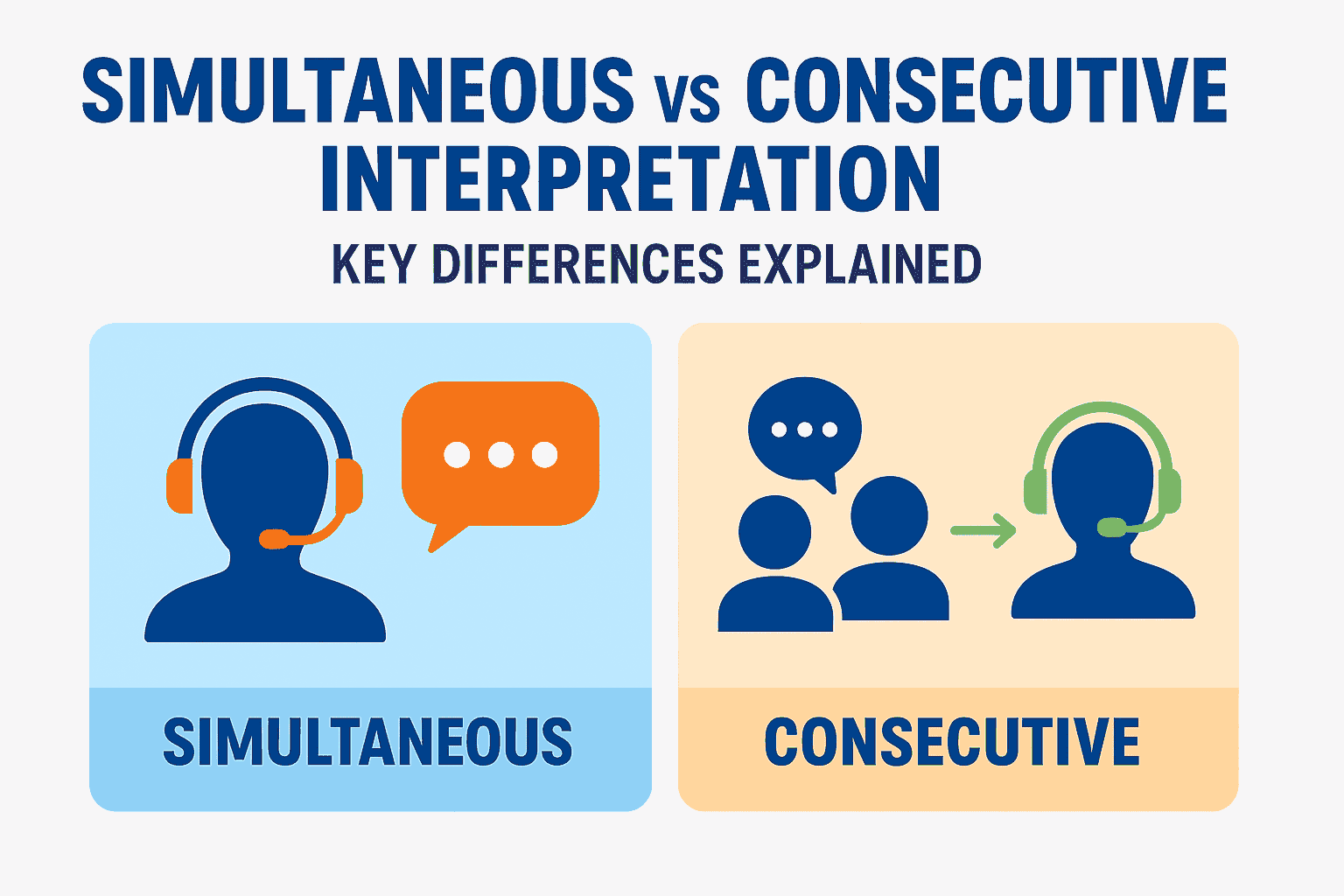
How Endangered Languages Are Being Saved Worldwide
The importance of language cannot be overstated. Languages offer rich entry points to culture, identity, ancestral memory and worldviews. Yet, many languages across the globe fall into the category of endangered and they face extinction. UNESCO reports that approximately half of the estimated 7,000 languages spoken across the world are at risk of being completely extinct in the next few decades.
A language lost is not just the loss of words; it's also the loss of the oral histories of the community, indigenous knowledge-systems, and cultural minutiae that can reach back centuries. Although many languages are facing threats of extinction, there are a few rays of hope.
Language communities, linguists, and academic researchers around the world are working on initiatives to revitalize the world's old and endangered languages.
Why Do Languages Become Endangered?
For the longest time, native dialects were suppressed due to colonization. And the effects are felt even today. But can that be it? Let us understand the different ways languages become endangered:
- Urban migration, where younger generations adopt more commonly spoken languages, seeking socio-economic mobility.
- Lack of inter-generational transmission, where parents no longer see it as necessary to teach their native tongues to their children.
- Education systems that prioritize national languages, official languages or global languages.
- Dominance of only a few digital and media languages.
While the above-mentioned reasons pose threats to languages, people aren’t, however, just sitting back and letting them die.
How are languages that are endangered being revived?
Language revival is not a formulaic process. It can take many different forms, particularly efforts that are culturally rooted, community led and undertaken through multiple and complementary approaches. Some of the best and most successful ways are:
1. Language immersion programs
"Bilingual language nests", as well as full immersion schools, support children naturally learning endangered languages, as they would with their first language, as well as schools that include an explicit culture component.
2. Digital and documentary work
Developing dictionaries, grammar books, video stories, and sound archives (of respective language grammar and pronunciation), preserving some of the grammatical and pronunciation structure for the next generation of speakers.
3. Government Policy and Legal Support
The official recognition of languages and school curricula, media presence, and local governance is critical to provide it legitimacy, and its use.
4. Community Empowerment
Revival is best renewed by speakers, empowered elders, story tellers, and teachers from the community who provide cultural relevance.
5. Media and Pop Culture
Making TV shows, movies, songs, and social media content in endangered languages will engage young audiences and normalize usage in modern contexts.
6. Technology Enabled Learning
Apps, online courses and multilingual keyboard apps have provided access to endangered languages. AI tools and gamification are also bridging the gap between generations.
7. Cultural Reconnection
Reviving traditional art, rituals, and folklore from the perspective of language ensures that linguistic revival becomes a way of living and celebrating identity.
Stories of Language Resurrection
1. Hebrew: A Recent Miracle
After being confined to religious literature for hundreds of years, Hebrew has developed into the living, national language of Israel through active language promotion, favourable policy development, and societal engagement.
2. Māori in Aotearoa (New Zealand)
Māori is now a spoken language again in schools, the media, and cultural events, most recently through the Kōhanga Reo (language nest) and government supported bilingual policies that have further reinstated co-official status.
3. Welsh in Wales
With a government commitment to bilingual education, bilingual public signage and Welsh language television and radio, the efforts are starting to yield results, particularly among younger people.
4. Ainu in Japan
By working with cultural centers and documentation initiatives, as well as engaging support around celebrating Ainu festivals and traditions, there is movement around the revival of Japan's indigenous language that was once in danger of extinction.
5. Cherokee and Other Native American Languages
Many communities across the U.S. have taken steps to revive their native language after educators and bureaucrats were behind banning languages from schools and public life, by creating language immersion schools, language apps, and community workshops.
6. Sanskrit and Other Indian Languages
India, with approximately 19,500 languages and dialects, is facing their own language crisis. The People’s Linguistic Survey of India has documented a significant rate of language endangerment and extinction in India. They have reported that at least 250 languages have disappeared in the last 50 years, and that 400 Indian languages are at risk of dying out in the next 50 years.
An optimistic example of language revival is the Saimar language in Tripura, which was once spoken by very few. The language has made some progress through:
- Documentation by local scholars and linguists.
- Teaching within communities by the elders of the community.
- Projects to preserve the language that are funded and supported by the government, which include audio-visual archives.
Similarly, although Sanskrit cannot be considered a first language, it is currently taught in schools, utilized in spoken language camps, and has been transformed into modern media and apps.
How Can We Play Our Part in Preserving Languages?
- Support community driven, action-based preservation efforts - you can volunteer, donate, or promote their voices.
- Advocate for bilingual, and multilingual approaches for children from early childhood.
- Encourage communities to adopt endangered languages in public events, signs and ceremonies.
- Encourage communities to develop and utilize open access digital tools and learning platforms.
- Include linguistics in local governance and educational policy.
Shared Accountability
The death of a language is more than just a linguistic event. This is a loss of meaning, a loss of culture, and ultimately, a loss of stories, songs, and identity. But there is hope, with several examples of communities coming together to bring lost languages back from the brink of extinction.
By local empowerment, planning and technology, endangered languages are rejuvenating from the brink of extinction, and they are flourishing, alive and well.
Every effort, no matter how small, can help keep these vibrant language traditions alive for future generations to embrace.
Let's listen, learn, and take action before we lose more voices.
You have reached the end. Thank you for reading our blog. We hope you found it informative and useful. For more such content on to help you stay informed on AI and our language services, you can check out our blog page here.
If you have any feedback or suggestions on what you’d like for us to cover or how we can make our blogs more useful, you can reach us through our LinkedIn inbox or email us at digital@crystalhues.in.



